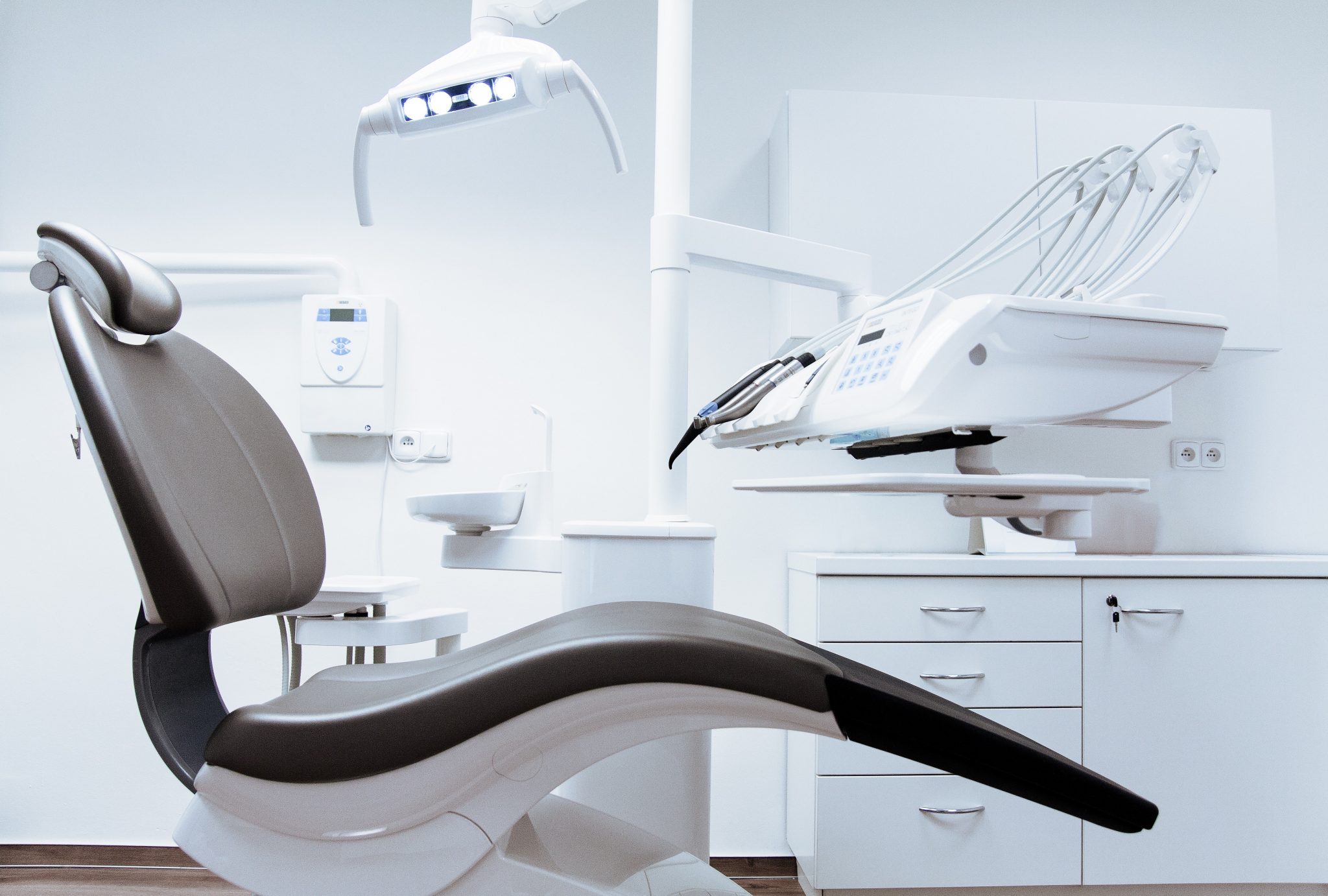
How Does Dental Bonding Work?
Dental bonding is a cosmetic dental treatment that utilizes a tooth-colored composite resin material. The procedure begins with the dentist preparing the tooth surface, which involves applying a mild etching solution. Following that, the composite resin is carefully applied, shaped, and molded to correct specific issues such as chips, cracks, or discoloration. To create a durable bond, a special light is used to harden the resin onto the tooth surface. Lastly, the bonded tooth is polished, resulting in a smooth and natural-looking finish.
How does Dental Bonding stand out?
When it comes to enhancing your teeth or attaining your desired smile, there exists a diverse array of options to choose from. The most appropriate selection for you is contingent upon your specific requirements. During your appointment, we are more than happy to engage in a comprehensive conversation about all the available choices, thoroughly examining the pros and cons associated with each. Our aim is to ensure that you possess the necessary knowledge to make an informed decision. That being said, let us now delve into the specific advantages attributed to dental bonding.
Swift and Comfortable
In contrast to fillings or dental veneers, dental bonding usually involves minimal or no drilling or removal of natural tooth structure. As a result, the bonding procedure is often painless since there is little to no preparation required for your tooth beforehand.
Cost-effective
While dental veneers and orthodontic treatments are more expensive due to their comprehensive nature, it’s crucial to recognize that these options are specifically designed for significant and transformative changes. They involve personalized treatment plans and greater complexity. Conversely, when it comes to minor alterations limited to a few teeth, dental bonding provides a straightforward and cost-effective solution.
Reversibility
Dental bonding stands out among other treatments with its reversibility. Should the need arise, the bonded material can be easily removed, allowing for the exploration of alternative options in the future.
Step-by-Step Process to Dental Bonding
Whether your dental bonding treatment is aimed at restorative or purely cosmetic purposes, the process remains consistent. Here’s what you can expect during your dental bonding appointment:
Tooth Preparation
To begin, neighboring teeth are shielded with a thin plastic film called a dental matrix, which is delicately placed between your teeth. This protective barrier prevents any contact between the adjacent tooth and the preparation gel or composite resin. Next, the dentist carefully cleans and dries your tooth before applying a mild acidic gel for a short duration. This gel is applied to create a textured surface on the tooth, promoting optimal bonding of the dental material.
The Application of the Composite Resin
Following the removal of the acidic gel and ensuring the tooth is dry, the dentist moves forward with the application of the composite resin. They meticulously choose a resin shade that matches your natural teeth and layer it onto the tooth surface. To achieve superior strength and durability, each layer of resin is cured using a specialized blue light. This curing process solidifies the resin, creating a strong bond and delivering a natural-looking finish.
Dentist Performs the Finishing Touches
Once the bite check is complete, your dental bonding procedure is deemed finished. As a concluding touch, the dentist will perform a quick polishing of your tooth, resulting in a stunning and seamlessly natural appearance. It may even be challenging to recall which tooth underwent repair. A notation will be made in your dental chart, ensuring that future examinations include special attention to the bonded tooth, assessing for any indications of wear or damage.
How much does Dental Bonding cost In Crystal River?
It is challenging to provide an estimated cost for dental bonding without assessing your specific needs and examining your teeth. However, typically, the price ranges from around $300 to $600 or more per tooth without insurance coverage. Many dental insurance companies cover dental bonding, especially when it is necessary to restore a broken or damaged tooth. With insurance, your out-of-pocket expenses may range from approximately $60 to $120.
Several factors are considered when determining the cost of your dental bonding treatment, including:
- The number of teeth requiring bonding
- The need for new x-rays
- The amount of composite resin necessary for the procedure
- The location of the teeth in your mouth
- And your overall oral health.
It’s important to note that an accurate quote cannot be provided over the phone. After a thorough examination, we would be delighted to give you an accurate quote in person, enabling you to have a clear understanding of the final costs and make an informed decision.
Contact us today
to schedule an initial consultation & exam.
Your consultation will include an examination of everything from your teeth, gums and soft tissues to the shape and condition of your bite. Generally, we want to see how your whole mouth looks and functions. Before we plan your treatment we want to know everything about the health and aesthetic of your smile, and, most importantly, what you want to achieve so we can help you get there.
Frequently Asked Questions
Dental bonding is a non-invasive and relatively quick procedure compared to other treatments like veneers or crowns, as it requires minimal tooth preparation and can often be completed in one visit.
The duration of a dental bonding procedure depends on the number of teeth being bonded and the complexity of the case. On average, it takes about 30 minutes to 1 hour per tooth.
With proper care and maintenance, dental bonding can last between 5 to 10 years. However, the lifespan can vary based on individual factors such as oral hygiene habits and biting/chewing habits.
Dental bonding is a non-invasive and relatively quick procedure compared to other treatments like veneers or crowns, as it requires minimal tooth preparation and can often be completed in one visit.
To maintain the longevity of your bonded teeth, it’s important to practice good oral hygiene, including regular brushing, flossing, and routine dental check-ups. Additionally, avoiding habits like biting your nails or chewing on hard objects can help prevent damage to the bonded teeth.

.png)




